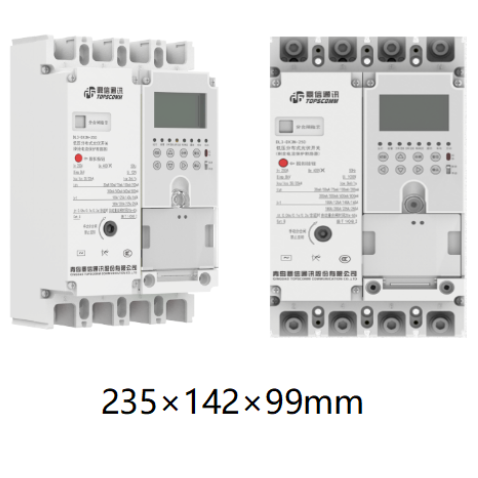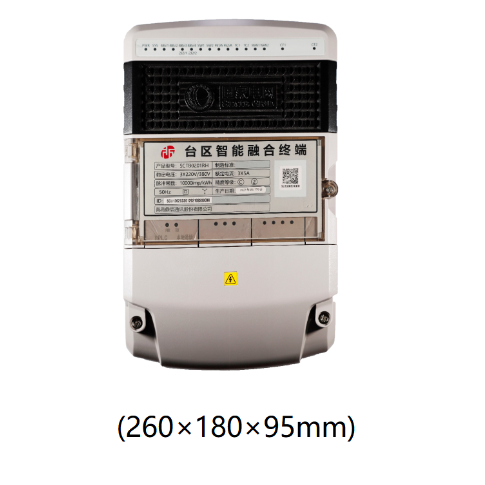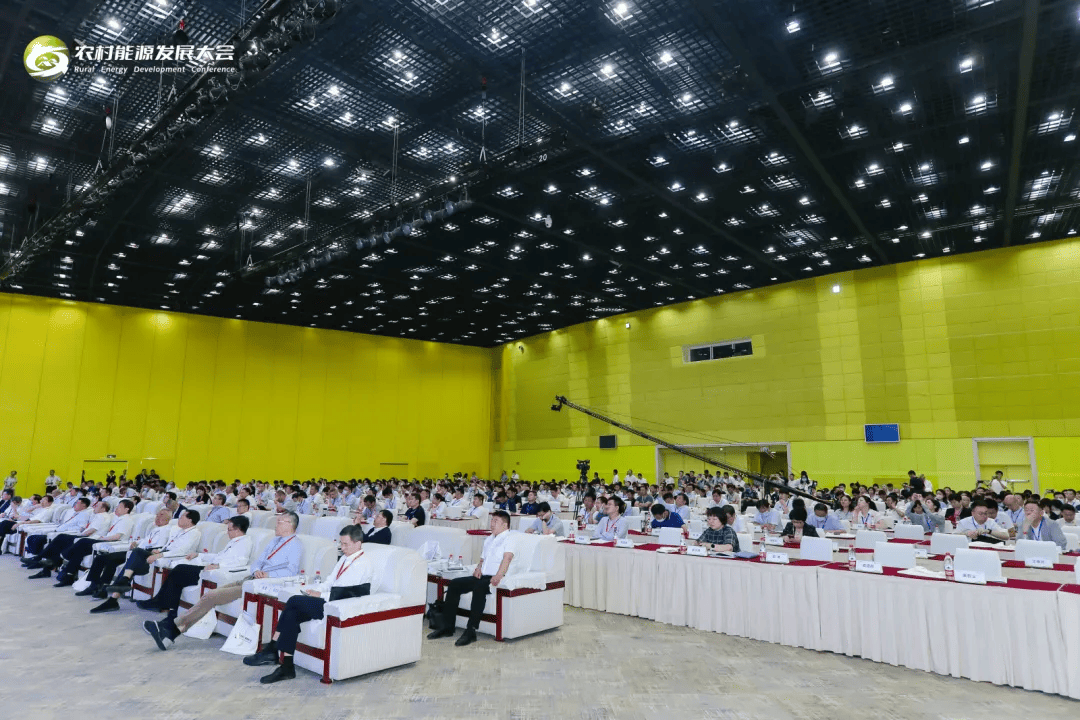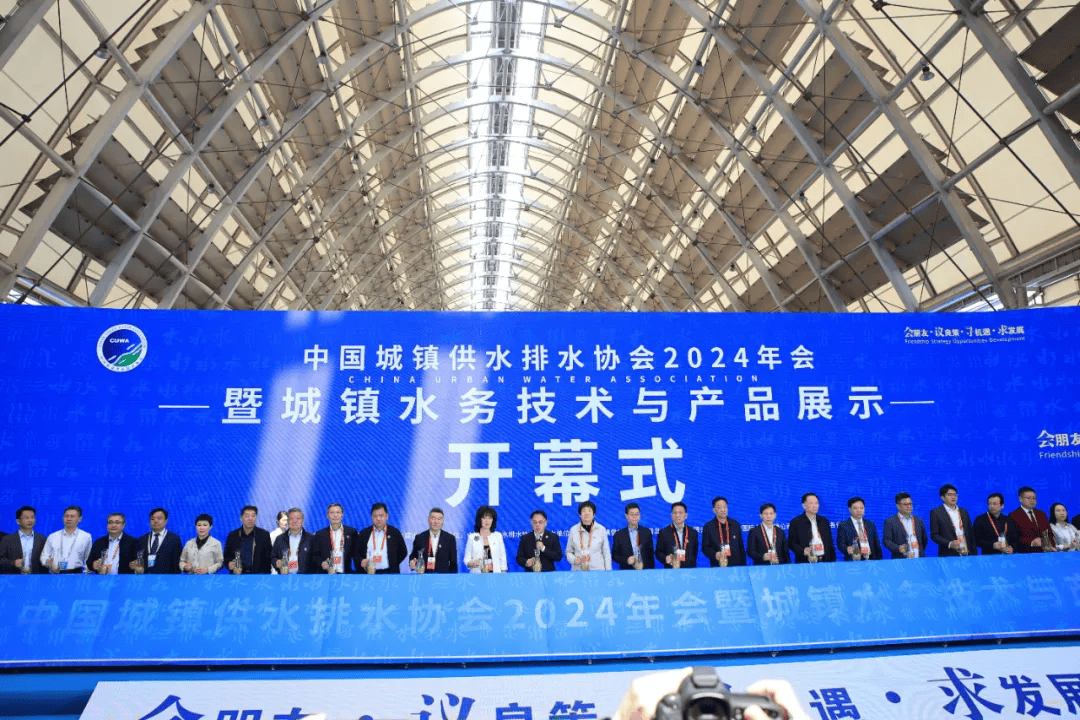The Evolution of Modern Power Infrastructure
The electrical landscape is undergoing a dramatic transformation as power grids face unprecedented challenges in meeting surging energy demands. Today's power grid adaptation requirements extend far beyond simply adding more transmission lines or generating stations. As urban centers expand, industrial operations grow, and digital technologies proliferate, our aging electrical infrastructure requires innovative solutions to maintain reliability and resilience.
Traditional power systems were designed for one-way power flow from centralized generation plants to end consumers. However, the modern grid must accommodate bidirectional energy flows, integrate renewable sources, and respond dynamically to fluctuating demand patterns. This fundamental shift necessitates a complete rethinking of how we design, operate, and maintain our power delivery systems.

Smart Grid Technologies and Digital Integration
Advanced Metering Infrastructure
The foundation of modern power grid adaptation lies in sophisticated metering systems that provide real-time data on electricity consumption and grid performance. Smart meters enable utilities to monitor power quality, detect outages instantly, and implement dynamic pricing strategies that help balance load distribution. This granular visibility into grid operations allows operators to optimize power flow and respond proactively to potential issues before they escalate.
Beyond basic consumption tracking, advanced metering infrastructure creates a two-way communication channel between utilities and consumers. This enables demand response programs where customers can actively participate in grid management by adjusting their usage during peak periods in exchange for financial incentives.
Grid Automation and Control Systems
Automated control systems represent another crucial aspect of power grid adaptation. These sophisticated platforms use artificial intelligence and machine learning to optimize power distribution, predict maintenance needs, and orchestrate the integration of diverse energy sources. Self-healing grid technologies can automatically isolate faults and reroute power flow, minimizing disruption to customers.
Distribution automation systems enable utilities to remotely monitor and control grid assets, reducing operational costs while improving reliability. These systems can automatically adjust voltage levels, manage reactive power, and balance loads across different feeders to maintain optimal grid performance.
Energy Storage Solutions and Grid Stability
Large-scale Battery Systems
Energy storage technologies play a vital role in power grid adaptation by providing flexibility and stability to the electrical system. Grid-scale batteries can store excess renewable energy during periods of high generation and release it when demand peaks or production drops. This capability is particularly crucial for managing the intermittent nature of solar and wind power.
Advanced battery technologies, including flow batteries and solid-state systems, are continuously evolving to offer higher capacity, longer lifespan, and improved cost-effectiveness. These storage solutions help utilities maintain grid frequency, provide backup power during outages, and defer expensive infrastructure upgrades.
Distributed Storage Networks
The deployment of distributed storage systems across the grid creates a network of energy resources that can be coordinated for maximum benefit. From residential battery systems to commercial energy storage facilities, these distributed assets provide local power reserves and grid support services. Virtual power plants aggregate these resources, enabling them to participate in energy markets and contribute to overall system reliability.
The integration of electric vehicle batteries through vehicle-to-grid technology represents an emerging opportunity for distributed storage. As electric vehicle adoption grows, their collective battery capacity could provide significant grid balancing services when properly coordinated.
Renewable Integration and Grid Modernization
Advanced Forecasting and Management Systems
Successfully integrating renewable energy sources requires sophisticated forecasting tools and management systems. Weather prediction algorithms, combined with artificial intelligence, help utilities anticipate renewable generation patterns and adjust conventional power sources accordingly. This predictive capability is essential for maintaining grid stability as renewable penetration increases.
Modern energy management systems coordinate multiple generation sources, storage systems, and flexible loads to optimize grid operations. These platforms ensure reliable power delivery while maximizing the use of clean energy resources and minimizing costs.
Grid Infrastructure Upgrades
Physical infrastructure improvements remain crucial for power grid adaptation. High-voltage direct current (HVDC) transmission lines, advanced transformers, and smart substations enable more efficient power delivery and better integration of renewable resources. Modernizing aging equipment with digital capabilities enhances grid flexibility and reliability.
The deployment of microgrids and local power networks provides additional resilience while facilitating the integration of distributed energy resources. These systems can operate independently during grid disturbances, ensuring critical facilities maintain power supply.
Frequently Asked Questions
How do smart grids differ from traditional power grids?
Smart grids incorporate advanced digital technologies, two-way communication systems, and automated controls that enable real-time monitoring and optimization of power delivery. Unlike traditional grids, they can automatically detect and respond to changes in electricity demand and supply, integrate renewable energy sources more effectively, and provide consumers with detailed information about their energy usage.
What role does energy storage play in grid modernization?
Energy storage systems serve multiple critical functions in modern grids, including balancing supply and demand, providing backup power during outages, and enabling greater integration of renewable energy sources. They help maintain grid stability, reduce peak demand charges, and provide ancillary services that improve overall system reliability.
How can consumers participate in grid adaptation efforts?
Consumers can contribute to grid adaptation through various means, including participating in demand response programs, installing smart home technologies, adopting renewable energy systems, and utilizing energy storage solutions. Additionally, they can engage in time-of-use pricing programs and use energy management apps to optimize their consumption patterns in support of grid stability.







